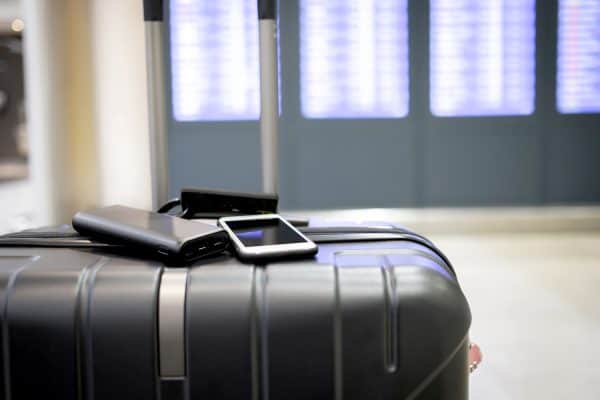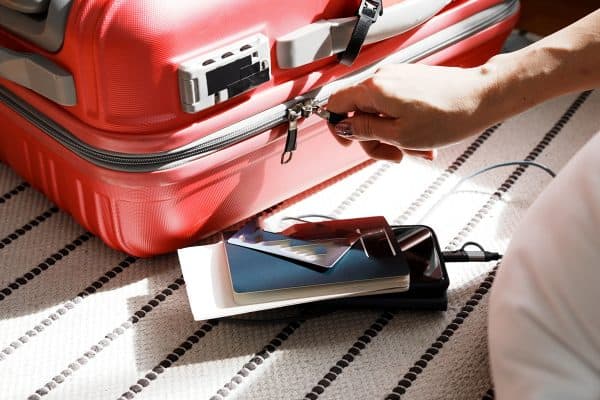Choosing the right kind of luggage to bring during travels is one of the most important things travelers always have to consider. Hardside luggage is quite popular, but a lot of people often wonder if it cracks because of the material it uses. Fortunately, we have the answers to your curious questions.
While hardside luggage is known to be more durable than softside suitcases thanks to their structure and material, this luggage is very prone to damage. Depending on the situation, it can crack and scratch from mishandling. Fortunately, manufacturers are making changes so that this situation doesn't happen as often as it should.
Figuring out which kind of luggage you should use can be a little overwhelming because there are so many choices. Keep reading this post because we will be listing down the benefits and disadvantages of using hardside luggage. We will also give you advice on what kind of luggage suits you best.
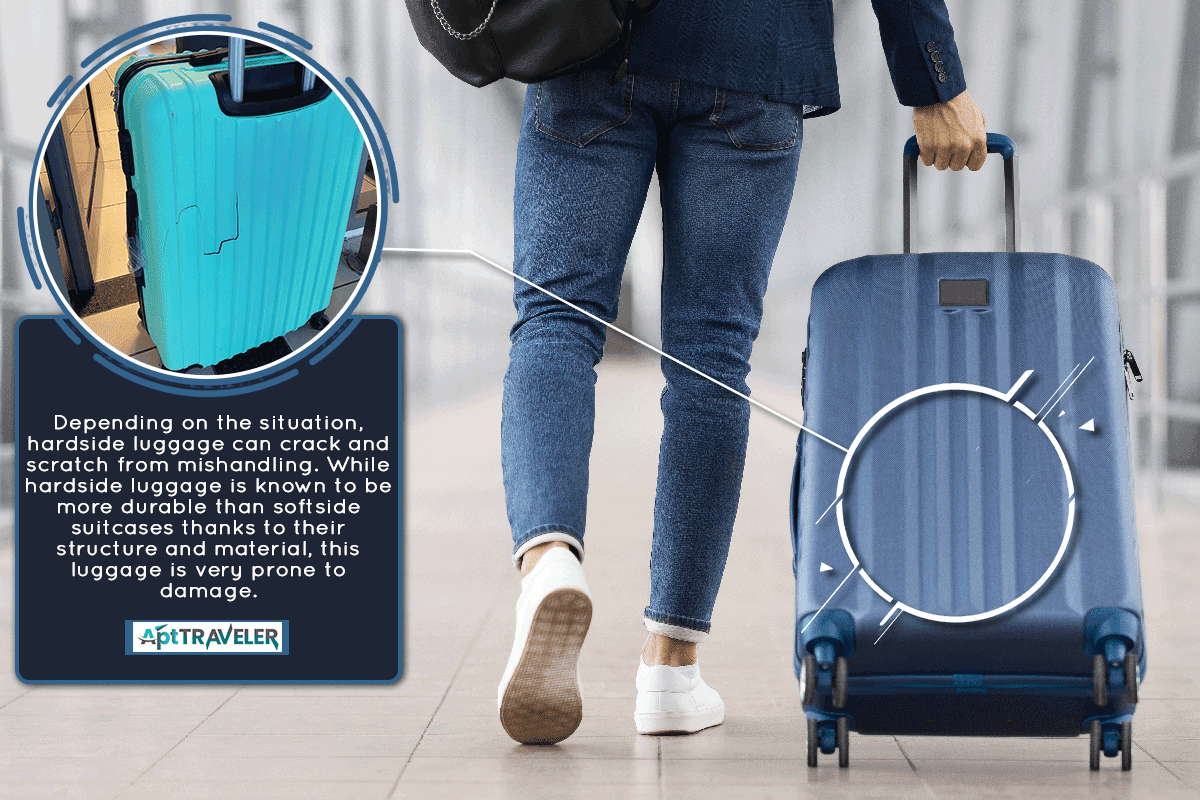
Does Hardside Luggage Crack?
One of the most popular suitcase choices for many travelers, you will most likely see hardside luggage in all corners of the airport. Its popularity stems from the fact that it is one of the most durable suitcases a traveler could have.
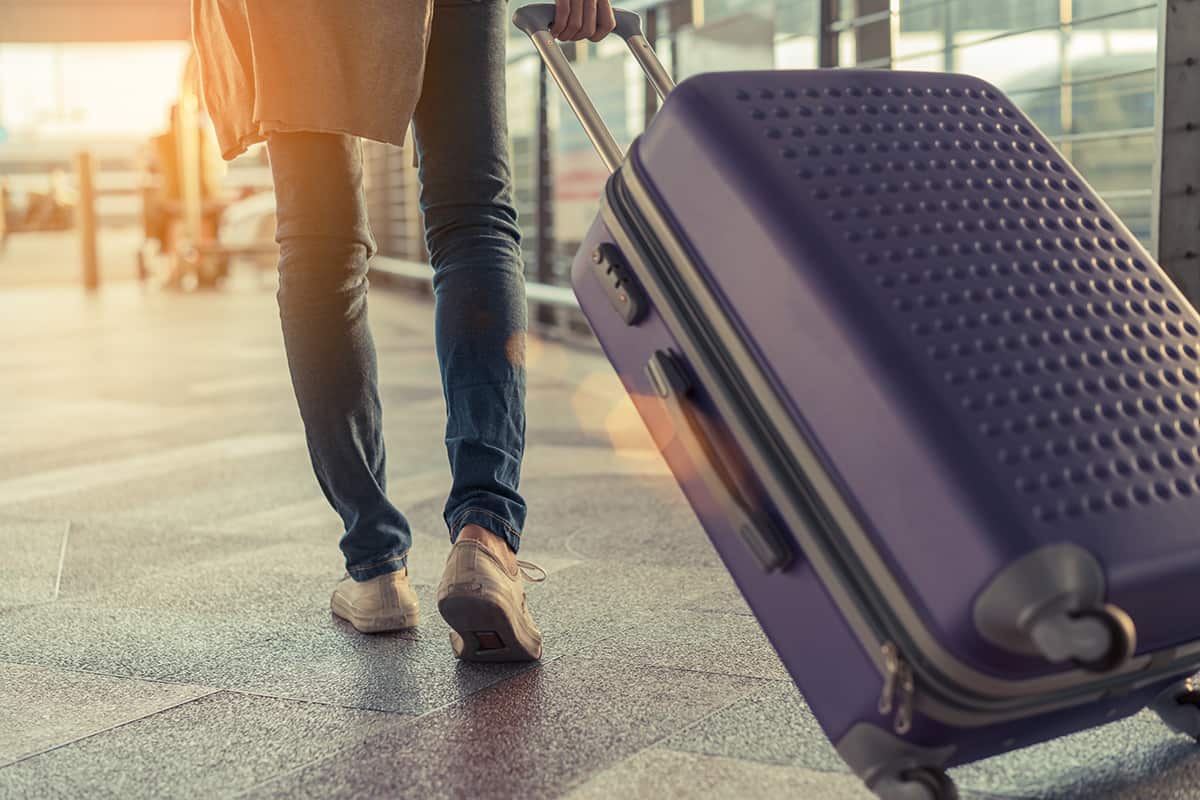
While this is the case, all durable things also have a weak spot. Hardside luggage is known to crack and fall apart easily compared to its softside counterparts. This is because of the rigid plastic material that commonly makes up most hardside luggage.
A common complaint from most hardside luggage users is the way it can easily get scratches and scuffs when it goes through baggage handling. Constant bumping and throwing often weaken the rigid plastic of hardside luggage, causing it to crack.
Fortunately, manufacturers of hardside luggage have upgraded the materials they use. Newer versions of the hardside luggage are more flexible and
What is hardside luggage made of?
Most hardside luggage use plastic materials as the base material for the suitcase. Older models of hardside luggage were a lot less durable than the models available now, so it's safe to say that the quality has gotten better.
Hardside luggage can be made of different materials. They vary in quality and weight, so it is important to choose which one would be more suitable for your travel lifestyle. Pick materials that work well with the length of your travels, as well as the places you intend to go to.
Aluminum
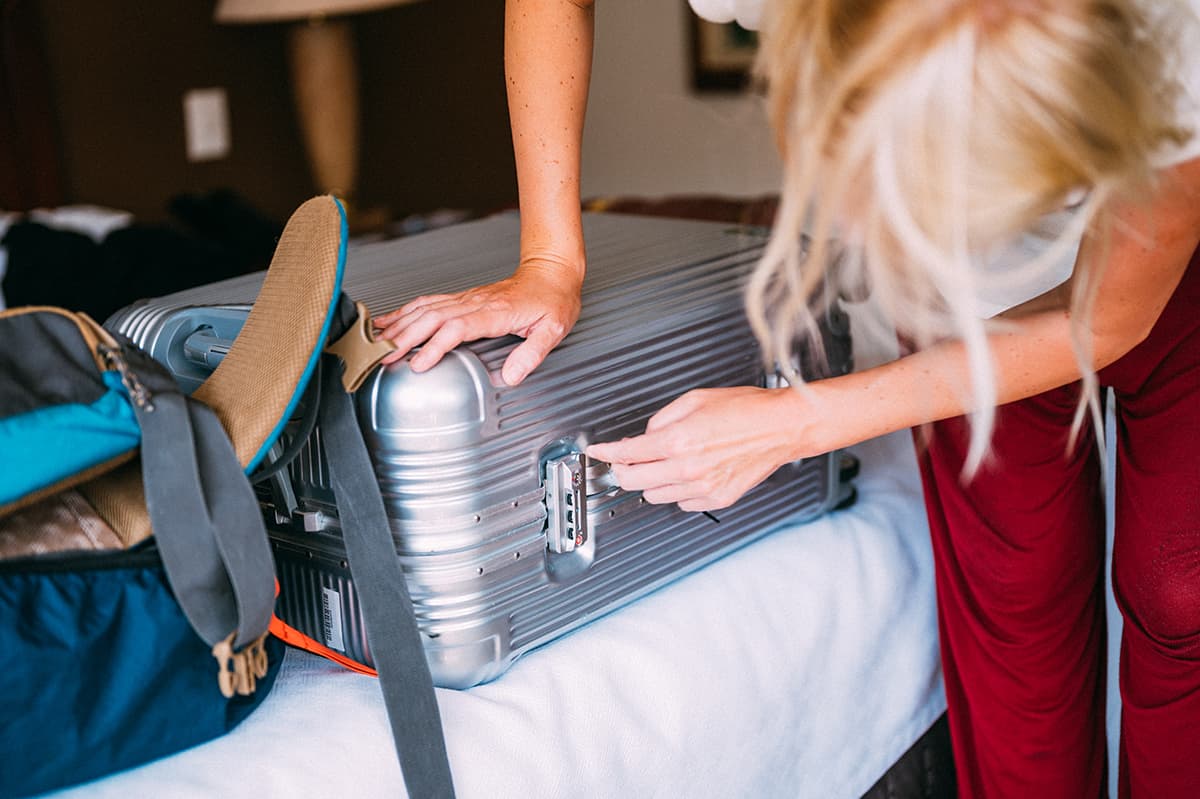
Aluminum hardside luggage is the most durable, but it is also the heaviest out of all of them. This can be a problem if you tend to pack a lot of things so keep this in mind if you are considering an aluminum hardside suitcase.
This material does not scratch or scuff easily, so it will do well during handling. However, very poor handling or throwing it around can cause the edges and corners of aluminum luggage to dent. However, aluminum suitcases are so sturdy people actually consider it as virtually indestructible.
Check out this aluminum hardside luggage on Amazon.
Since the material of these luggage are quite high-end, you'll find that they are much more expensive than your average hardside luggage. Brands like Rimowa, Tumi, and Away have aluminum collections of their popular models. You'll may find some aluminum suitcases on Amazon for a lesser price.
Polycarbonate
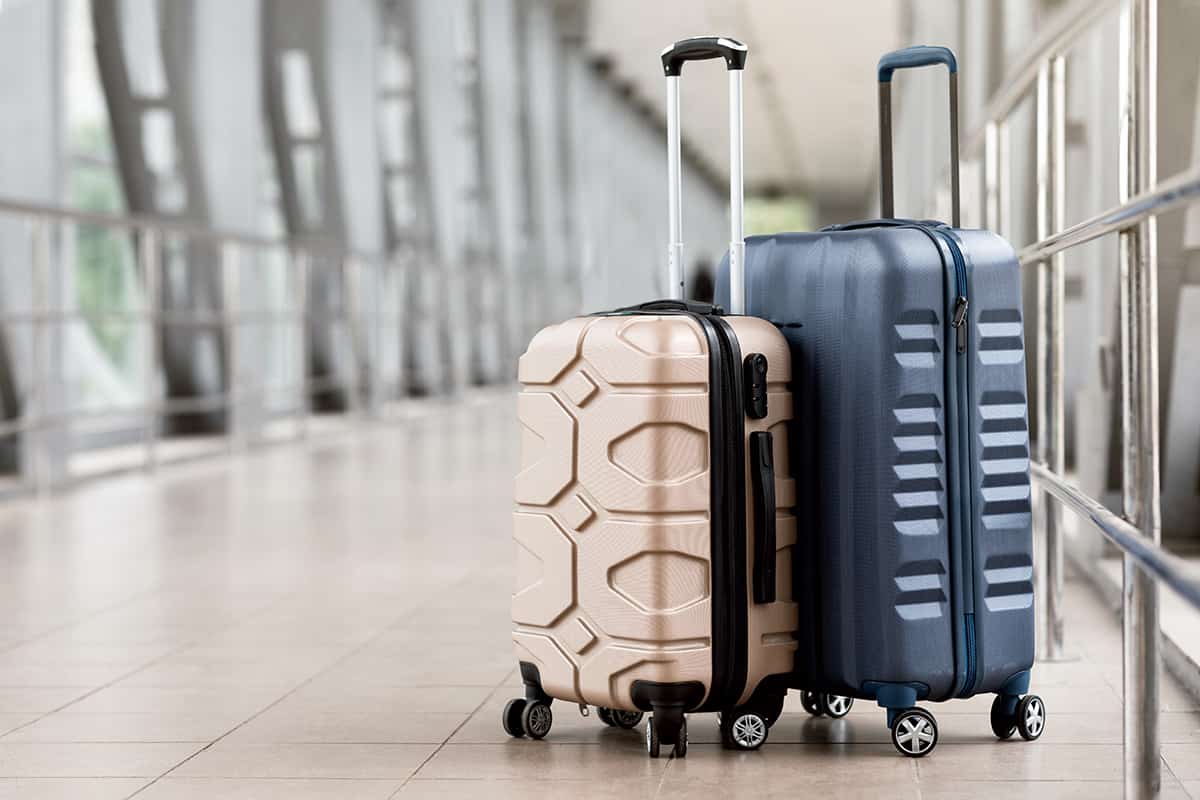
Polycarbonate is another popular material for hardside luggage. This luggage material is very flexible, making it quite resistant to cracks and easy breakage. Out of all the plastics that hardside luggage use, polycarbonate is the heaviest and most durable out of all of them.
Grab this large polycarbonate spinner on Amazon.
This durability also translates into a higher price point versus the other plastic materials. These luggage are very sturdy and can withstand lots of abuse which can be a common occurrence when handling baggage in the airport. Some polycarbonate suitcases are scratch-resistant which is great if you travel a lot.
Polypropylene
Another material for hardside luggage, polypropylene is the least used material out of all the plastics. Polypropylene is the lightest of all the plastic materials, but it is just as flexible as polycarbonate. It is quite resilient for plastic, but it isn't as durable as polycarbonate.
See this polypropylene hardside spinner on Amazon.
You'll find most polypropylene suitcases priced similarly to polycarbonate luggage. It's pretty affordable, which makes these luggage perfect for frequent travelers. Polypropylene is also temperature and chemical resistant so you'll be happy to know your belongings will be well-protected.
ABS
Arguably one of the most popular materials used for hardside luggage, ABS is common in cheaper suitcases. ABS is a the most rigid out of all the plastic materials so they are more prone to scratches, scuffs, and cracks.
Get this ABS carry-on suitcase on Amazon.
One of the best things about ABS hardside luggage is its affordability. Unfortunately, this affordability also translates to a less durable material so you might find yourselves replacing your luggage once in a while. However, ABS hardside luggage is great if you are looking for good luggage for non-frequent travelers.
Pros and Cons of Hardside Luggage
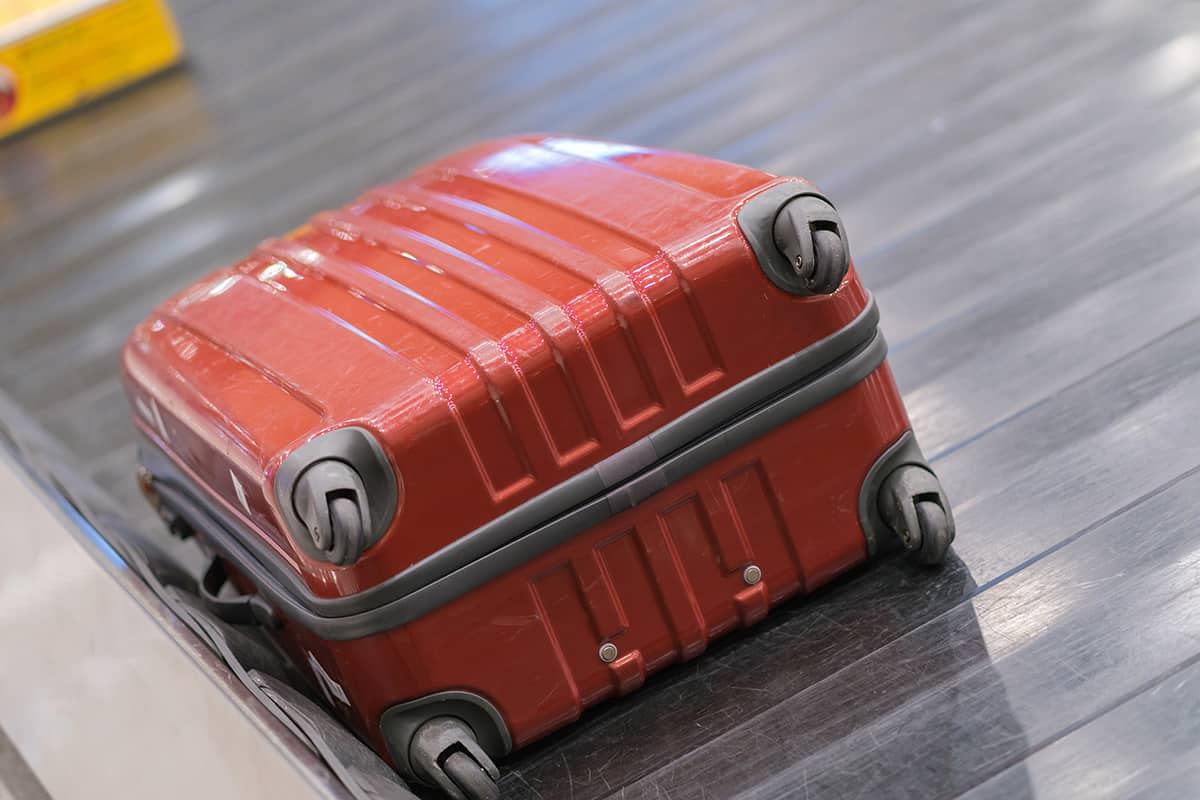
There are many different opinions when it comes to using hardside luggage for travel. There are both benefits and disadvantages to these suitcases, but the choice ultimately lies in how you will be using them. Good hardside luggage is a great investment that you can make especially if you love to travel.
Advantages
- Offers great protection because of the hard plastic
- Great weather resistance, perfect for traveling to wet places
- Easy to clean—hardside luggage only needs a good wipe down to make it clean again
- Stackable and easy to maneuver, thanks to the four-wheel spinners
- Comes in many different designs and colors, perfect for your style
Disadvantages
- Not flexible so you cannot squeeze them in tight spaces
- Some hardside cases are not expandable
- Prone to scratches and scuffing
- Does not have outer storage unlike softside luggage which has pockets
- Can be a little expensive
Is It Better To Have Hardside Luggage Or A Softside Suitcase?
The choice on what kind of luggage to use is completely up to you. Ideally, it should be based on the travel lifestyle that you have. It should also depend on the places as well as the items you will be planning to bring every time you go on a trip.
Hardside luggage are great if you need extra protection for your belongings. These luggage can withstand more roughhousing so you'll be happy to know that your belongings will be safe. They're also more weatherproof than softside luggage so your items will be dry even in bad weather.
Softside luggage, on the other hand, are great for travelers who prefer the flexibility of the fabric luggage. They are more expandable and lighter than hardside luggage so you'll be able to bring more things with you. It's also easier to access items inside softside luggage versus a hardside suitcase.
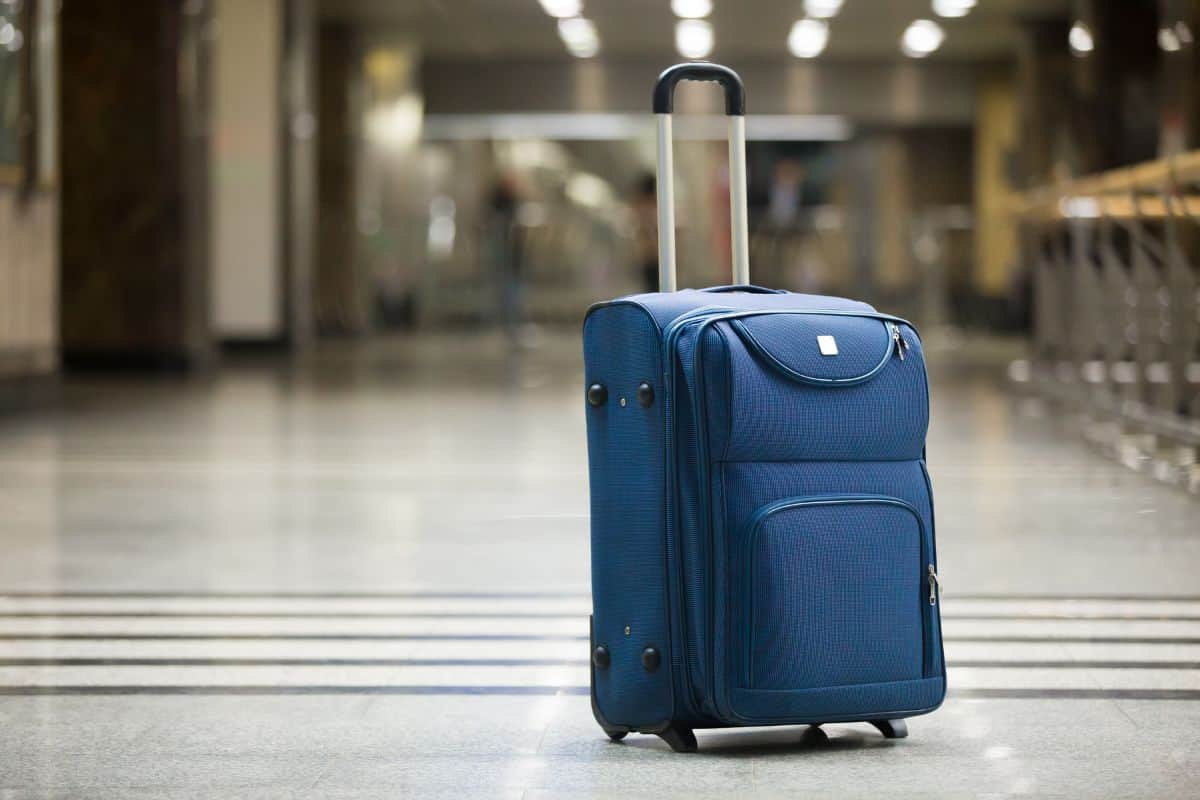
There are many different considerations you should check when choosing what kind of luggage you should get. Most people prefer using two different kinds of luggage for their travels. Softside is still a popular choice for carry-ons, while hardside can be pretty common for checked luggage.
Wrapping Things Up
Hardside luggage is a popular choice for many travelers because of its durability and protection for the items inside. If you are looking for new luggage to use, you might want to consider hardside luggage for their durability. These luggage will last you for many travels to come.
Looking for more information about your luggage for traveling? We have great articles that might interest you:






